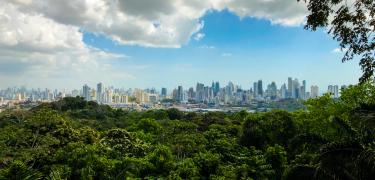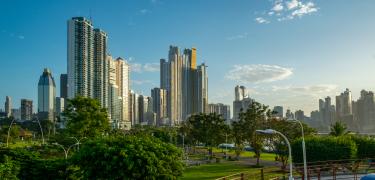Bocas Turtles
The best beaches on the Caribbean side for turtle watching are located in Bocas del Toro. Bocas is home to three of the world's seven species of sea turtles: the hawksbill turtle and leatherback turtle, which are in danger of extinction, and the green turtle.
Live the incredible experience of watching a sea turtle lay eggs under the moonlight. At birth time, as the sun goes down, join hundreds of newborn turtles on their first steps towards the sea.
Bocas is a strategic place for hawksbill turtle conservation, with more than 1,500 registered nests per year. Although these turtles nest year-round and adapt to different types of beaches, you're more likely to see one in July or August, the busiest months.
The leatherback turtle —also known as lute turtle, leathery turtle or the luth— is the largest species. They also choose Bocas as a strategic point. At Playa Chiriqui, there are thousands of nests annually, surpassing any other beach in Central America and the Caribbean. Leatherback nesting occurs from mid-February to July and the best time to see them is May.
And if you want to see the green turtle, the great protectors of seagrass, come from May to November. At the time of nesting, they usually arrive separated, so fewer are seen each night.
To do so, choose the beach where you want to have your experience and contact the organization in charge of the place.
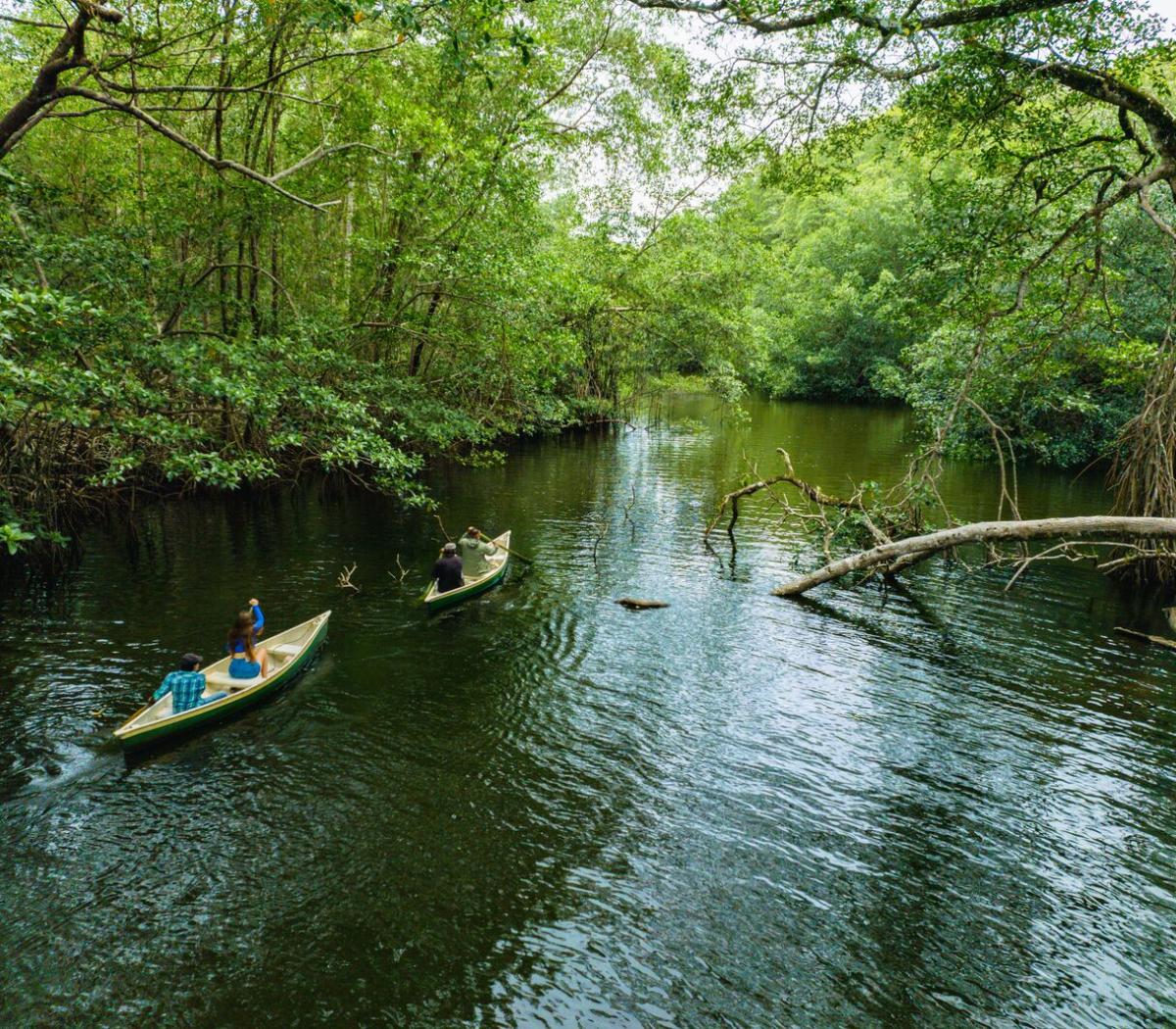
Humedal San San Pond Sack
This wetland is a protected area of 16,125 hectares (39,845 acres). The three species of turtles nest on its beaches, but especially the leatherback. There, the community sustainable tourism foundation, called AAMVECONA, ensures the protection of turtles and organizes night patrol tours for tourist groups between 8 p.m. and 2 a.m.
To participate, go to the administrative office, next to the road that connects Changuinola and Guabito. From there, you'll sail along the river for approximately 40 minutes until you reach the lodge where the adventure begins.
Playa Chiriqui, Rio Caña
The Ngäbe-Buglé people, located around this beach, lead the conservation of sea turtles together with the Sea Turtle Conservancy. Together they created the APRORENANB association that monitors the nesting of hawksbill and leatherback turtles, protects their nests and releases the young.
To visit this community, go to the port of Chiriqui Grande and take a boat to Rio Caña and in about 2 hours, you'll get to live this experience.

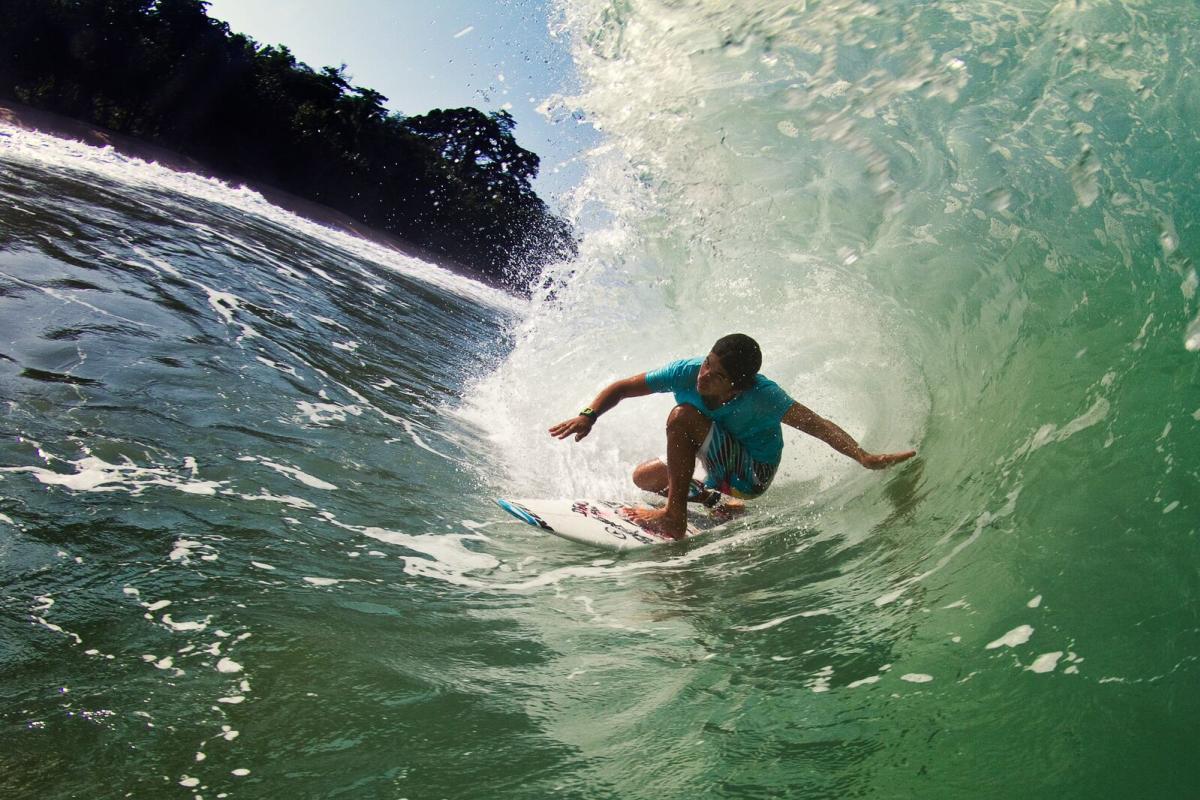
Playa Bluff
For an experience closer to Bocas Town, visit Playa Bluff in Isla Colon. This beach, in addition to having incredible waves to surf, is a special Municipal Reserve where the three species of Bocas turtles arrive.
With the union of allies such as Sea Turtle Conservancy, the Smithsonian Institution and Alianza Bocas, a community organization was created to monitor the beach and do scientific research to support conservation.
In addition, the Bocas Carey Natural Association (ANABOCA) created an ecotourism program where local and international volunteers guide visitors during this adventure. In the months of April to August, you can be part of public walks with certified guides to observe turtles nesting.
Cayo Zapatilla, Bastimentos National Park
The Zapatilla keys have become a crucial place for hawksbill turtles. Walk along the beaches on the west side to witness the impressive migration of sea turtles that come to lay their eggs between March and September.
Take the opportunity to snorkel in this paradise. You can even swim near a hawksbill.
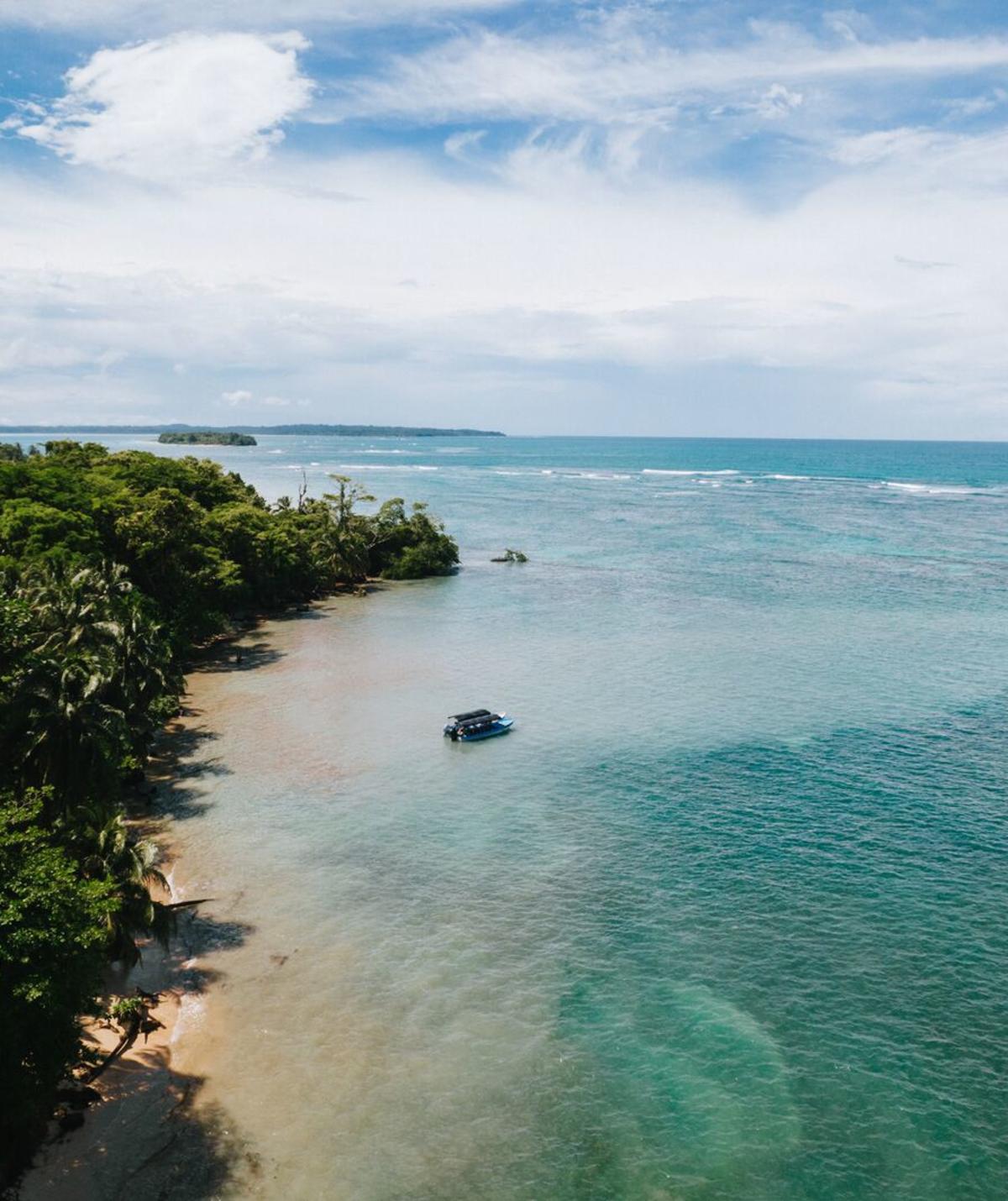
Isla Escudo de Veraguas
This paradise island is considered one of the most important jewels of Panamá for its natural state and remoteness. About 500 green and hawksbill turtle nests have been recorded here each year.
To get to this nature sanctuary, you must take a boat from Isla Colon, for 2 or 3 hours. Although the distance is quite long, visiting Isla Escudo de Veraguas is worth it.
Whichever beach you choose, keep in mind that turtles are critical to the ecosystem. Never shine your flashlight on them, or interrupt them as they spawn or reach the sea. Follow your guide's instructions and enjoy this great event.
Do More
Afro Community
The Bocas del Toro Afro-Antillean experience in the Panamanian Caribbean is rich and unrivaled....
Beaches
The Caribbean archipelago of Bocas del Toro is known for its natural abundance. Its mangrove-lined...
Birdwatching
If you are one of those who travel with binoculars in hand and know birds by species, you will love...
Cacao Experience
Bocas del Toro is home to the “black gold,” the precious cacao that grows thanks to more...
Diving and Snorkeling
Bocas del Toro is a diving paradise because of its abundant and diverse marine life. Its...
Indigenous Communities
Bocas del Toro's culture and history is rich everywhere you look. These paradisiacal lands have...
Surfing
Bocas del Toro, in the Panamanian Caribbean, is a globally renowned destination for surfing. Figures...
Hiking and Waterfalls
If you love walking through wild scenery, this is the perfect place for you: Bocas del Toro, in the...

